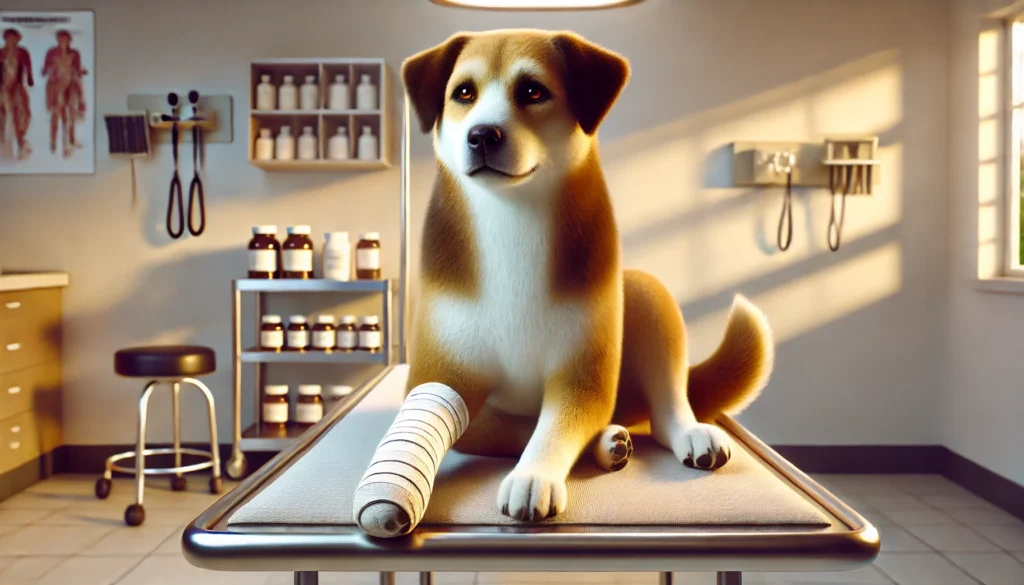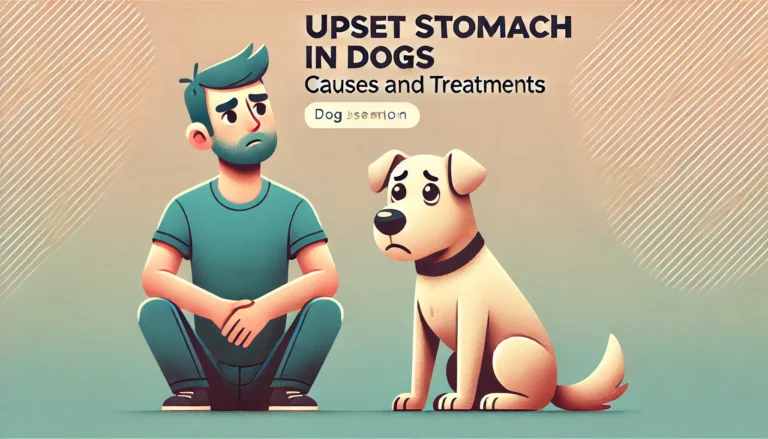sprains and strains in dogs

Sprains and strains are among the most common injuries affecting dogs, impacting their mobility and overall health. Like humans, dogs can suffer these musculoskeletal injuries during play, exercise, or due to age-related wear and tear. Understanding how to effectively prevent, identify, and treat these conditions is crucial for every dog owner. This guide aims to provide a thorough exploration of sprains and strains in dogs, offering insights into the anatomy, symptoms, and recovery processes to ensure your pet remains active and pain-free.
Understanding Sprains and Strains in Dogs
Definitions and Key Differences of Sprains and Strains in Dogs
A sprain in a dog occurs when there is damage to one or more ligaments, the fibrous tissue that connects bones at a joint. Common sites for sprains include the ankles, wrists, and knees—areas that bear a lot of stress during activity. Strains, however, affect the muscles and the tendons that connect muscles to bones, and they typically occur in the back legs from actions like jumping or suddenly changing direction.

Recognizing whether a dog has a sprain or strain is critical because it dictates the treatment approach. For example, sprains often require more stabilization, while strains benefit from muscle healing practices.
Common Causes of Sprains and Strains in Dogs
Sprains and strains in dogs can result from a variety of activities and conditions:
- Physical Activity: Activities that involve running, jumping, or rapid direction changes are particularly high-risk.
- Accidents: Slips and falls, especially in older dogs or in environments like icy yards or slippery floors, can easily lead to these injuries.
- Congenital Weaknesses: Some breeds have hereditary predispositions to joint and muscle issues, making them more susceptible to sprains and strains.
Understanding these risks helps in devising strategies to prevent such injuries.
Recognizing the Signs of Sprains and Strains in Dogs
Identifying sprains and strains in dogs early can significantly enhance the outcome of treatments. Signs of these conditions vary but typically include:
- Limping or reluctance to bear weight: This is often one of the first signs of a joint or muscle injury.
- Pain: Dogs might whine or shy away when the affected area is touched.
- Swelling or Redness: Inflamed areas might be warm and swollen, which are clear signs of injury.
- Behavioral Changes: Less enthusiasm for play or a noticeable decrease in activity levels can indicate discomfort from a potential sprain or strain.
Prompt recognition and diagnosis can prevent further damage and aid faster recovery.
Diagnostic Approaches for Sprains and Strains in Dogs
Veterinary Examination Techniques for Sprains and Strains in Dogs
To diagnose sprains and strains, veterinarians will often use a combination of techniques, depending on the severity and location of the injury:
- Physical Examination: This involves palpating the affected area to assess pain response and swelling.
- Imaging: X-rays are used to rule out fractures and locate sprains. MRI and ultrasound might be employed for a better look at soft tissues, including ligaments and muscles.
- Gait Analysis: Observing how the dog walks or runs can also provide clues about their musculoskeletal health.
Table: Diagnostic Techniques for Sprains and Strains in Dogs
| Diagnostic Technique | Specific Use |
|---|---|
| X-ray | Excludes fractures, assesses joint space |
| MRI | Provides a detailed view of internal structures |
| Ultrasound | Assesses soft tissue integrity |
Treatment and Management of Sprains and Strains in Dogs
Immediate Care for Sprains and Strains in Dogs
Immediate care is crucial in managing sprains and strains in dogs and includes:
- Rest: Restricting movement to prevent further injury.
- Ice Packs: Applying cold therapy to reduce swelling and numb the pain.
- Compression and Elevation: These can help manage swelling and stabilize the injured area before professional help is available.
Title
Is your dog’s abdomen swelling? Learn about ascites in dogs—a potentially life-threatening condition that requires urgent veterinary care!
Long-Term Care for Sprains and Strains in Dogs
Long-term management of sprains and strains involves:
- Rehabilitation: Physical therapy that may include exercises tailored to the injury type and the dog’s physical condition.
- Medications: Pain relievers and anti-inflammatory drugs, as prescribed by a veterinarian, can aid in recovery.
- Diet and Supplements: Adjustments to diet and supplements like omega fatty acids and glucosamine can support tissue repair and joint health.
Preventing Sprains and Strains in Dogs
Prevention is always preferable to treatment when it comes to sprains and strains in dogs. Strategies include:
- Proper Exercise Regimen: Regular, appropriate exercise that includes warm-up and cool-down periods can strengthen muscles and joints.
- Environmental Adjustments: Making living areas safer with non-slip surfaces and removing hazards that could cause injury.
- Regular Check-ups: Veterinary visits can catch early signs of joint or muscle wear before they result in injury.
Conclusion on Sprains and Strains in Dogs
Sprains and strains in dogs are serious but manageable with the right care and attention. By understanding the causes, symptoms, and treatment options, dog owners can ensure their pets lead healthy, active lives. Regular veterinary check-ups and adherence to preventive measures play crucial roles in managing and avoiding sprains and strains in dogs.
What is a sprain vs strain in dogs?
A sprain in dogs refers to an injury to the ligaments, the tough bands of fibrous tissue that connect bones at a joint. Typically, sprains affect areas like the ankle, knee, or wrist and are caused by trauma that twists or stretches the joint in abnormal ways. A strain, on the other hand, involves an injury to muscles or tendons, which are the tissues that connect muscles to bones. Strains often occur in the back legs from activities such as jumping, running, or overexertion.
What is a dog strain?
A dog strain is an injury to a muscle or the tendons connecting muscles to bones. It usually happens when a dog overextends or overuses these tissues, particularly during vigorous play or exercise. Common symptoms include limping, reluctance to use a leg, and signs of pain when the affected muscle is touched.
What is the difference between a sprain and a strain?
The main difference between a sprain and a strain lies in the tissues affected. Sprains involve damage to ligaments (which connect bones together within a joint), making joints unstable or less mobile. Strains affect muscles or the tendons that link muscles to bones, impacting the ability of muscles to move limbs effectively. Both can cause pain, swelling, and reduced mobility, but they occur in different anatomical structures and require slightly different management strategies.
What is the most common dog sprain?
The most common dog sprain is typically a sprain of the cranial cruciate ligament (CCL) in the knee, similar to the ACL in humans. This injury can cause significant pain and lameness in the affected leg and often requires surgical intervention, especially in larger or more active dogs, to restore full function to the knee.
How to treat a dog sprain?
Treating a dog sprain involves several steps:
Rest: Prevent further injury by restricting your dog’s activity. Avoid walks and jumping, and confine them to a small area if necessary.
Ice Packs: Applying ice packs to the affected area for 15-20 minutes several times a day can help reduce swelling and pain.
Compression and Elevation: Using a bandage to compress the area gently can also help manage swelling.
Veterinary Care: Consult a veterinarian for an accurate diagnosis and treatment plan. In some cases, medication for pain and inflammation is necessary, and severe sprains might require surgical intervention.
How many dog strains are there?
There isn’t a definitive count of how many specific muscle or tendon strains can affect dogs, as strains can theoretically occur in any muscle or tendon throughout the body. However, common sites for strains include the muscles of the back legs, shoulders, and neck. The type and severity of the strain will depend on the muscle group involved and the dog’s activity at the time of injury.






